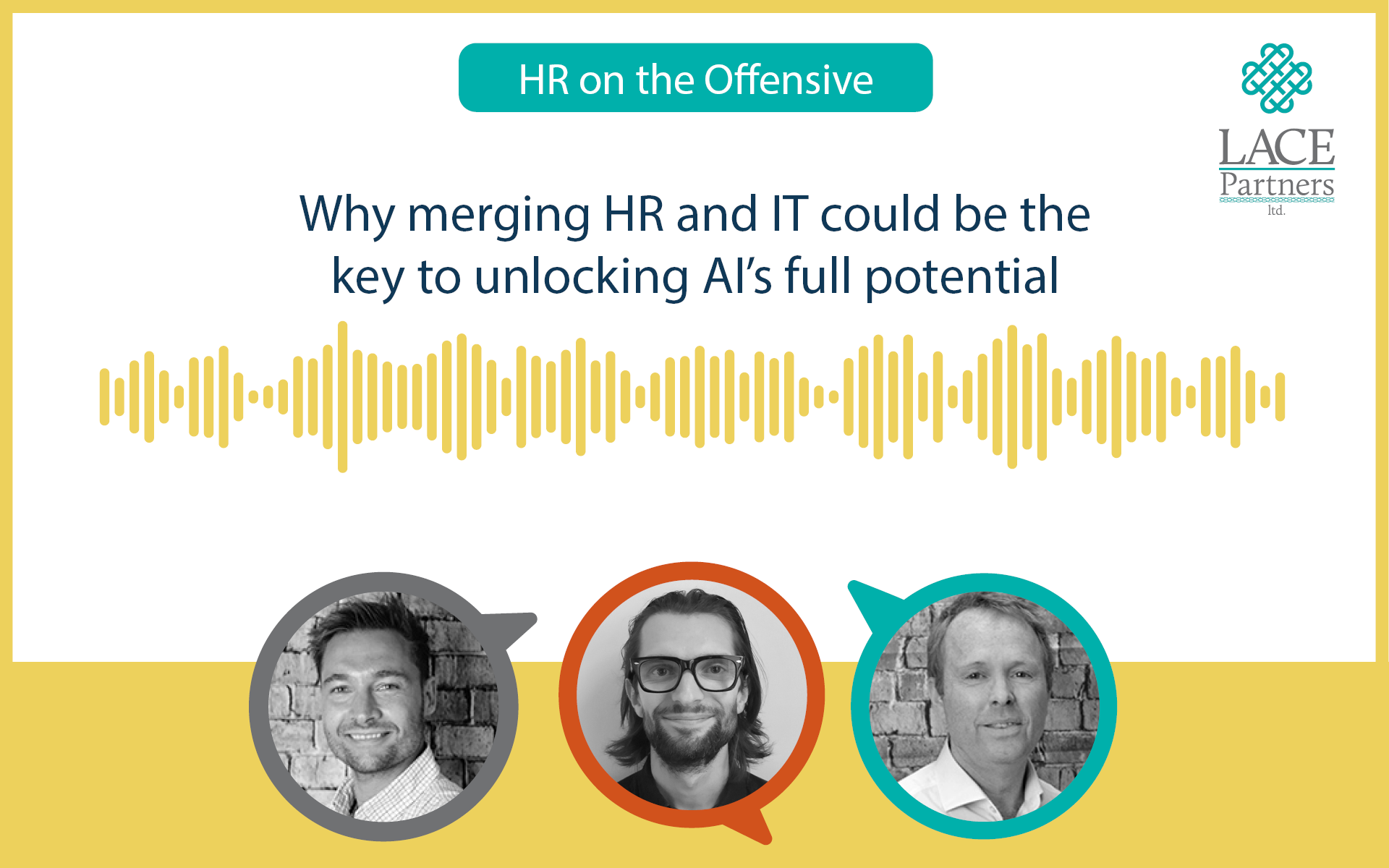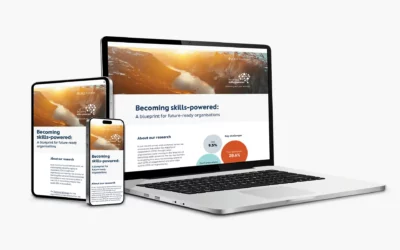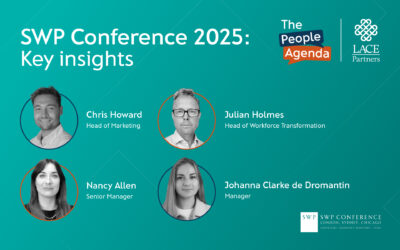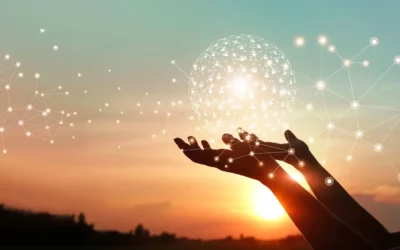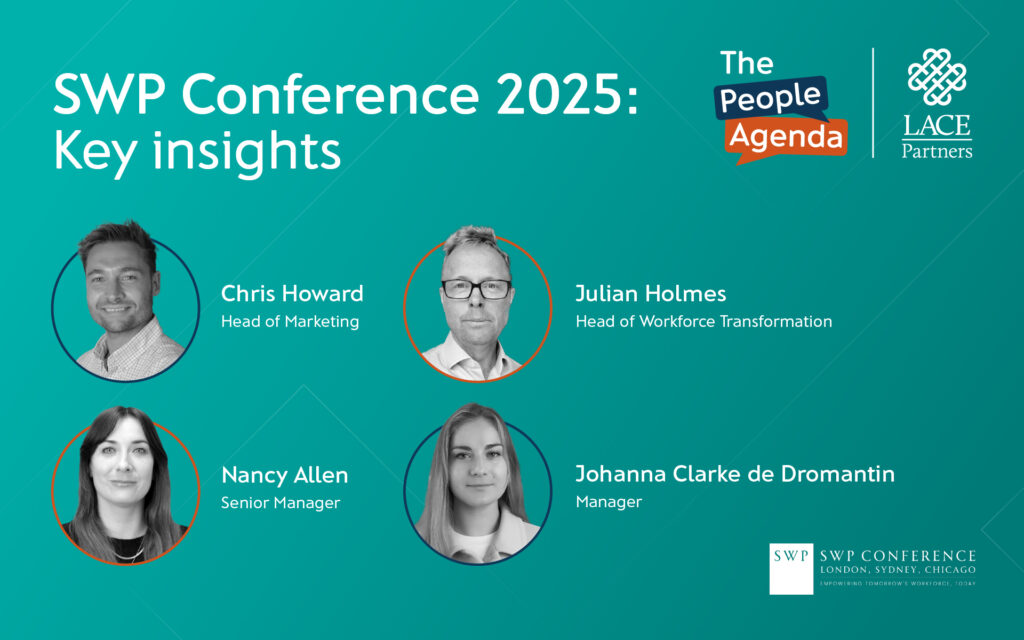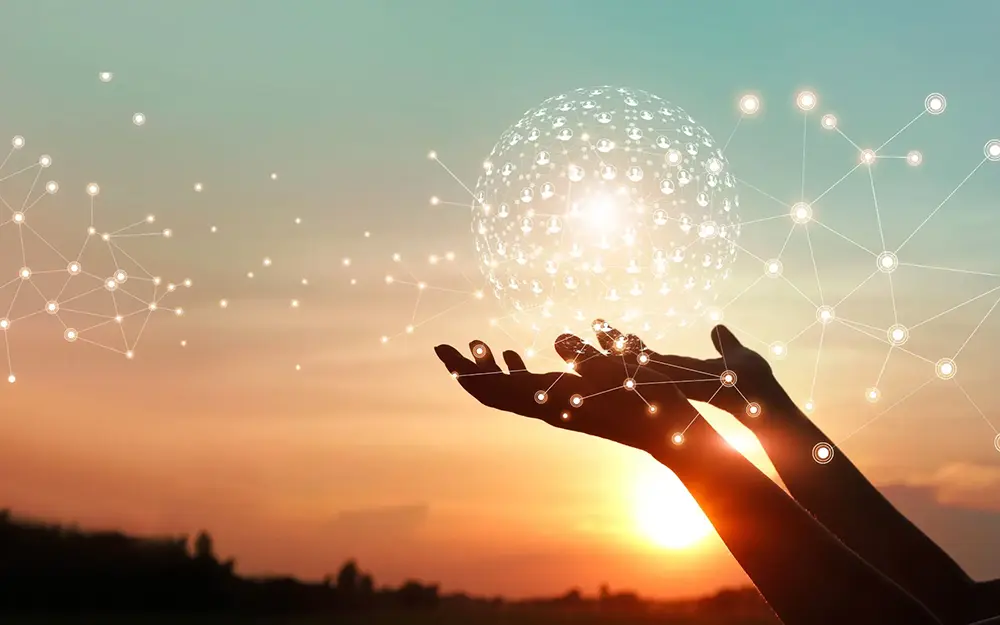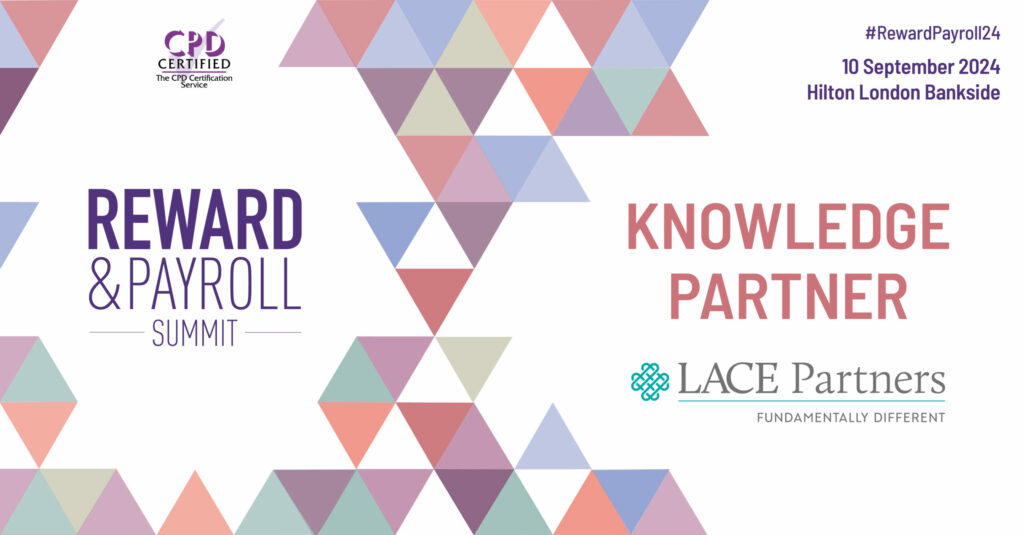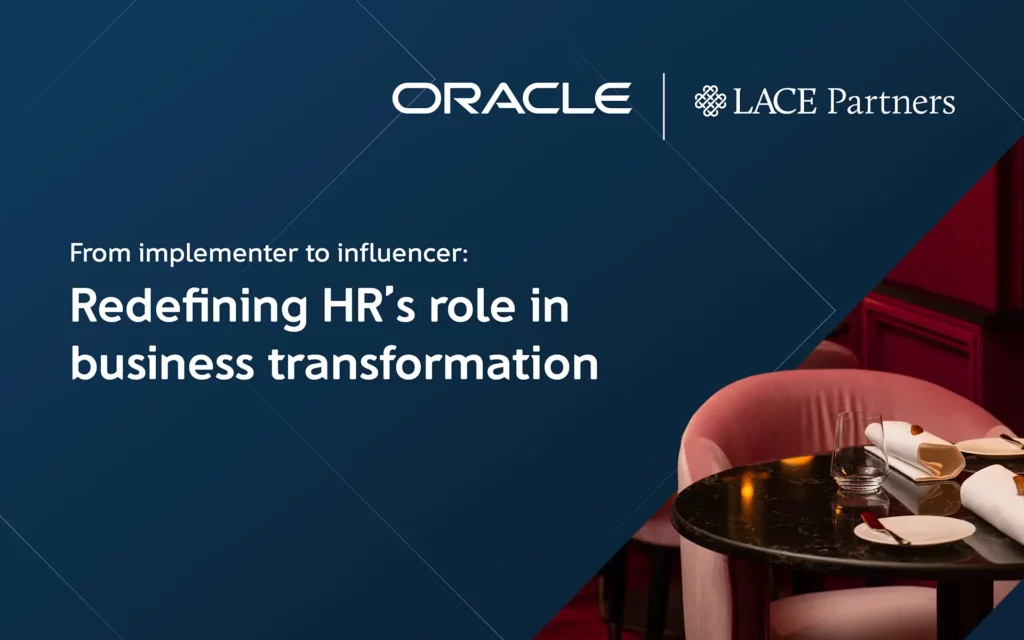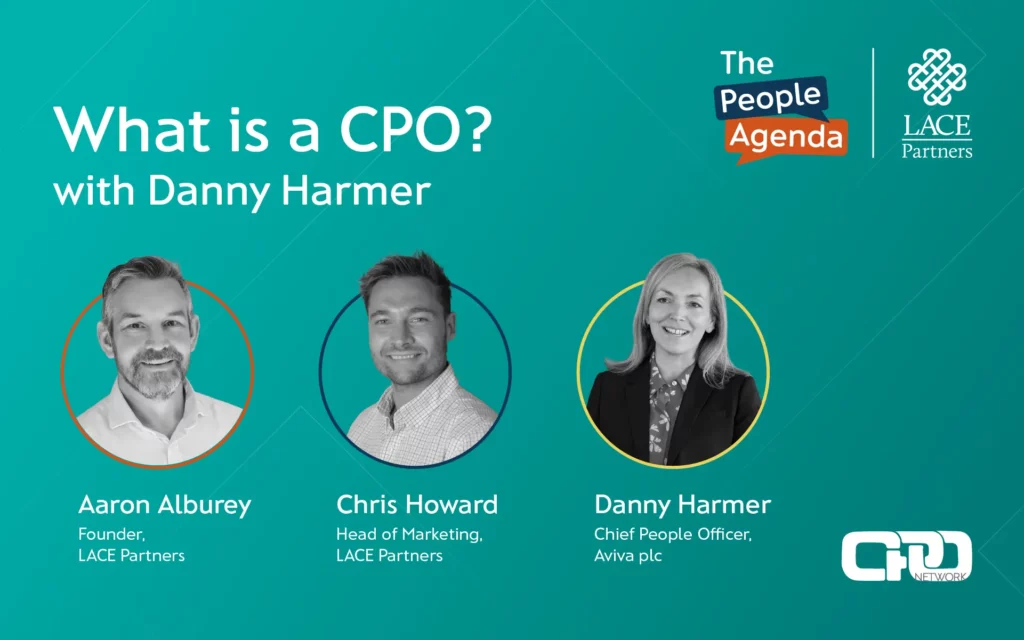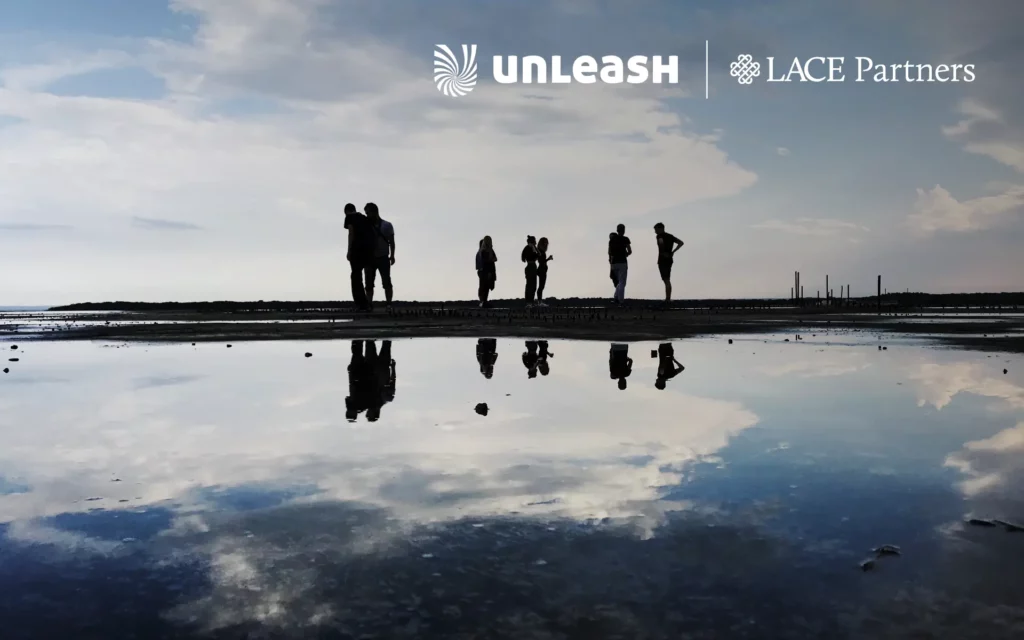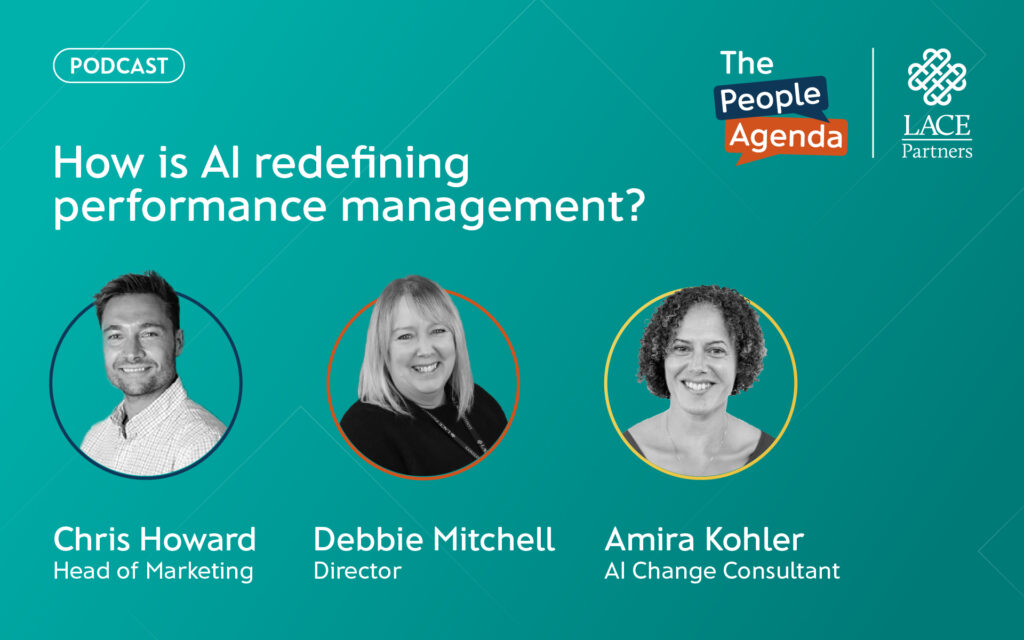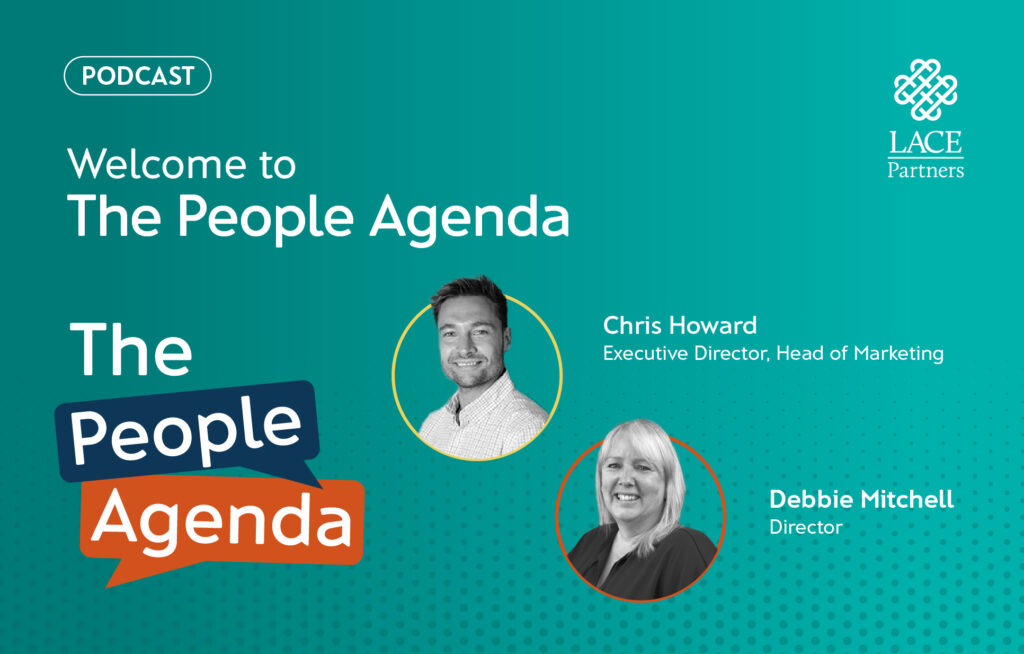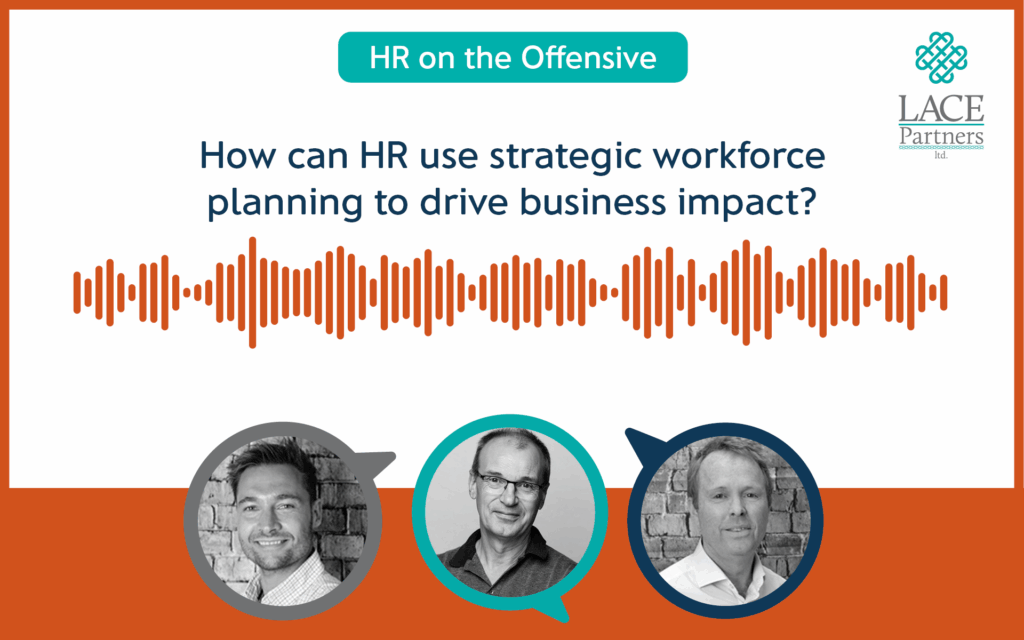What happens when two of the most culturally distinct functions in a business—HR and IT—are brought together under a single umbrella? This was the topic of a recent article from The Wall Street Journal titled Why Moderna Merged Its Tech and HR Departments. This article discussed the consequences of the Moderna’s CPO, Tracey Franklin, decision to merge the HR and IT branches of the organisation
In this episode of the HR on the Offensive podcast, Chris Howard is joined by fellow LACEr Julian Holmes and guest John Guy, CEO at Simply Get Results, as they explore the implications of merging HR and IT in an era increasingly shaped by AI and workforce transformation.
Listen now:
How are organisations reimagining how work gets done?
AI isn’t merely a tool for automating existing tasks; it’s an inflection point for redesigning work altogether. John argues that while most businesses are using AI to drive efficiencies, few have tapped into its full potential to create new kinds of work, roles, and operating models.
The discussion underscores the importance of “task intelligence”—a data-driven view into how work happens—which enables organisations to plan more intelligently for future workforce needs.
What are the implications of merging IT and HR?
Merging IT and HR isn’t just about cutting costs—it’s a chance to rethink how teams collaborate, build culture, and develop capabilities. John points out that while this kind of integration brings clear strategic benefits, it also comes with cultural hurdles.
Longstanding stereotypes—like IT being overly rigid and HR being too soft—can get in the way. But success lies in bridging those differences and focusing on shared goals, especially when AI is part of the picture.
Unsure where to start with implementing AI into your organisation? Our TRUSTED framework is a great guide on how you can get started.
The future of work is difficult to predict, meaning companies must invest in people who are not just technically skilled but adaptable.
John makes a strong case for workforce planning that’s scenario-based and rooted in current realities yet flexible enough to respond to unknowns.
If the endgame is unlocking productivity and resilience in an AI-enabled future, then HR and IT alignment might be a sign of what’s to come.

